África/14 de julio de 2016/Fuente: iagua
A pesar de que el fenómeno climático El Niño –activo durante 2015 y 2026- ha llegado a su fin, su impacto devastador sobre los niños está empeorando. Esto se debe a que el hambre, la desnutrición y las enfermedades continúan aumentando después de las graves sequías e inundaciones que ha generado este fenómeno, uno de los peores en la historia.
Son algunas de las conclusiones del informe de UNICEF «Aún no ha terminado: Las consecuencias de El Niño sobre la infancia«. La publicación alerta además de las grandes posibilidades de que La Niña –el fenómeno inverso de El Niño– comience su actividad en algún momento de este año, agravando aún más la dura crisis humanitaria que está afectando a millones de niños en algunas de las comunidades más vulnerables.
Los niños que viven en las zonas más afectadas ya están pasando hambre. En África oriental y meridional –las regiones que han sufrido las peores consecuencias de este fenómeno– unos 26,5 millones necesitan ayuda, incluidos más de 1 millón que necesitan tratamiento para la desnutrición aguda grave.
En África oriental y meridional unos 26,5 millones necesitan ayuda, incluidos más de 1 millón que necesitan tratamiento para la desnutrición aguda grave.
En muchos países, los recursos que ya eran escasos han llegado a su límite, y las familias afectadas han agotado sus mecanismos para superar la situación llegando a saltarse determinadas comidas o a vender sus activos. Si no se moviliza ayuda que incluya el envío urgente de suministros nutricionales para los niños pequeños, la situación podría socavar varias décadas de progreso en favor del desarrollo.
El Niño ha afectado también el acceso de poblaciones de numerosos países al agua potable y se ha relacionado con un aumento de enfermedades como el dengue, la diarrea y el cólera, que son las principales causas de mortalidad infantil. En América del Sur, y especialmente en Brasil, El Niño ha generado unas condiciones favorables para la reproducción del mosquito Aedes, que puede transmitir el virus del Zika, así como el dengue, la fiebre amarilla y la chikungunya. Si La Niña evoluciona, podría contribuir a la propagación del virus del Zika en zonas que no han sufrido sus efectos hasta la fecha.
Para UNICEF es también preocupante la posibilidad de que en África meridional, el epicentro mundial de la pandemia del SIDA, se produzca un aumento en la trasmisión del VIH como consecuencia de los efectos de El Niño. La falta de alimentos influye en el acceso a la terapia antirretroviral, ya que los pacientes tienden a no tomar el medicamento con el estómago vacío y, además, muchas personas prefieren utilizar sus limitados recursos para obtener alimentos en lugar de emplearlos en el transporte a un centro de salud. La sequía también puede forzar a las adolescentes y las mujeres a practicar relaciones sexuales transaccionales para sobrevivir. La mortalidad de los niños que viven con el VIH es de dos a seis veces mayor entre los niños que están gravemente desnutridos en comparación con aquellos que no lo están.
“Millones de niños y sus comunidades necesitan apoyo para poder sobrevivir. Necesitan ayuda para prepararse ante la eventualidad de que La Niña agrave la crisis humanitaria que confrontan. Y necesitan ayuda que les permita acelerar las medidas para la reducción del riesgo de desastres y la adaptación a los cambios climáticos que están causando fenómenos meteorológicos extremos más intensos y más frecuentes”, dijo la directora de programas de emergencia de UNICEF, Afshan Khan. “Los mismos niños que han sufrido los efectos de El Niño, y que están amenazados por La Niña, se encuentran en primera línea ante el cambio climático”.
Fuente: http://www.iagua.es/noticias/unicef/16/07/08/efectos-nino-aun-no-han-terminado-26-millones-ninos-africa-necesitan-ayuda
Imagen: http://img.rtve.es/i/?w=1180&i=1467944642773.jpg
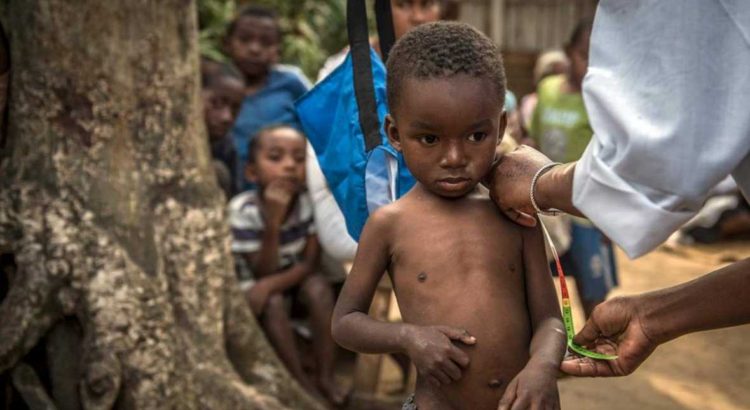
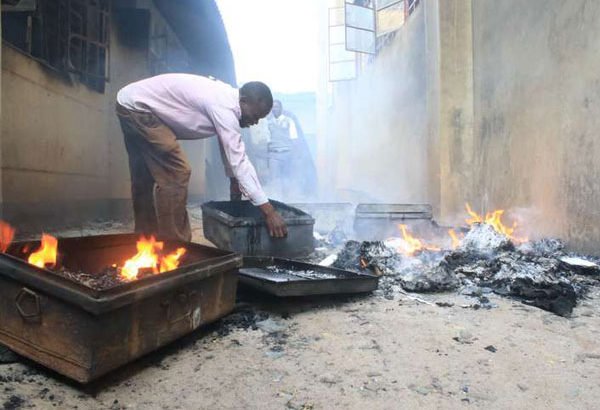
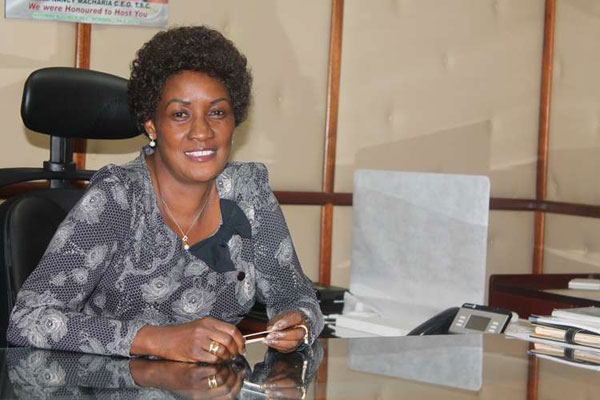
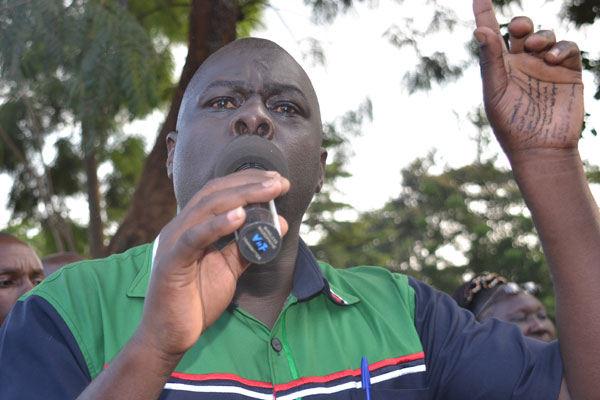

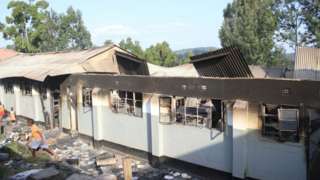
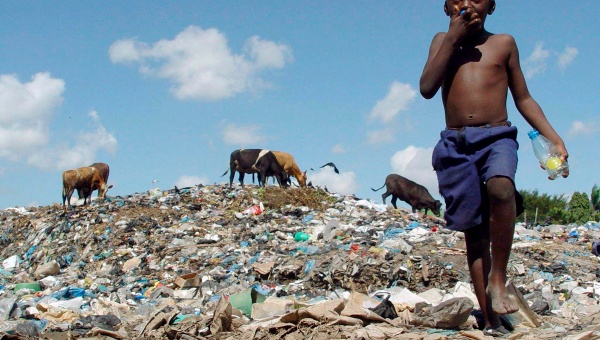
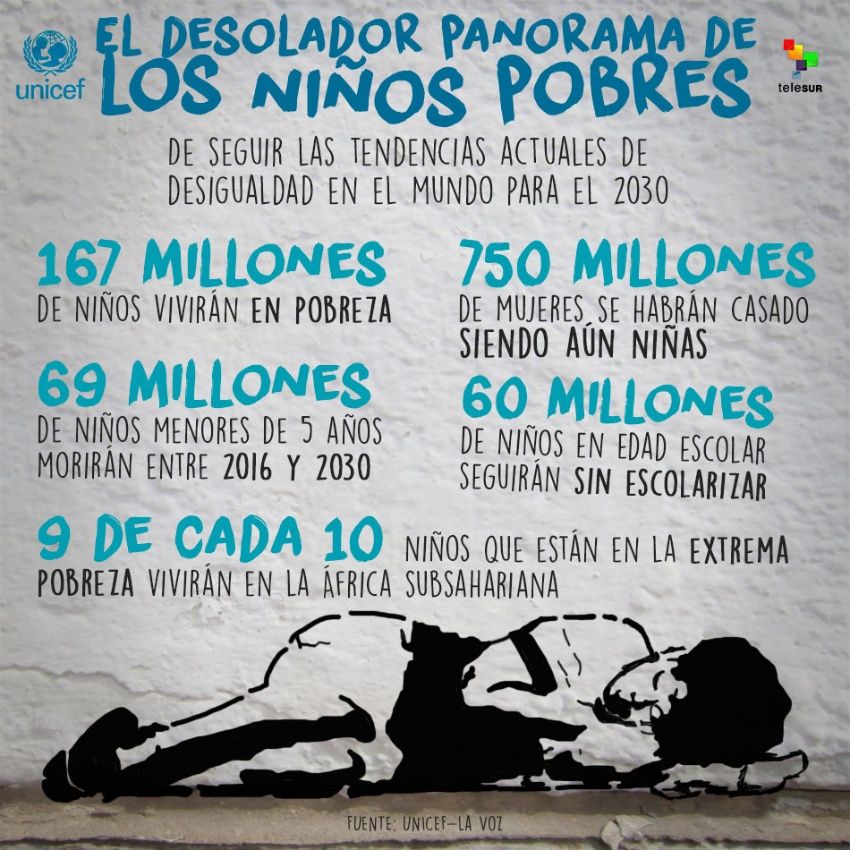





 Users Today : 70
Users Today : 70 Total Users : 35404548
Total Users : 35404548 Views Today : 81
Views Today : 81 Total views : 3334121
Total views : 3334121